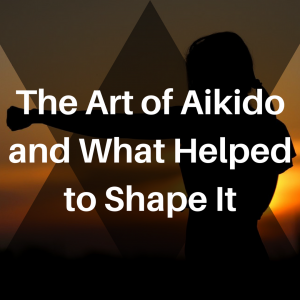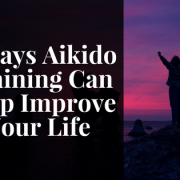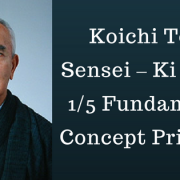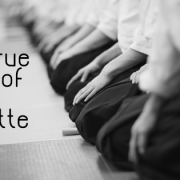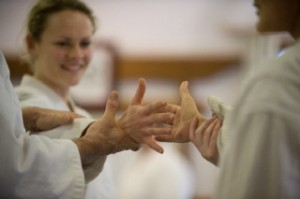Past President’s Address From 2021 – 2022
I want to start by saying thank you to all our members for accepting my nomination to be president. I appreciate and am grateful for all your trust and support in allowing me the opportunity to take on this position. I also want to thank those who came before me and kept our dojo going, those that strove to continue its growth and contributed to a community that fostered Aikido.
I am grateful that my presidency comes on the year that is our 40th anniversary. I will strive to do the same in respect of past presidents’ efforts.
Times have been quite turbulent for our organisation and for all Aikido dojos for that matter. Six months ago, after the Covid-19 safety measures were reduced in Brisbane, I was grateful that we were finally able to open our doors again to our members and train. I think we all valued more from that event, the significance Aikido has in our lives, especially in allowing us to join as a community again and train.
In addition, I was proud of our members’ resilience; making it through lockdown and returning to training once we could resume. Our northern dojo branch was not as lucky though and I apologise to our northern Brisbanites that we could not continue that branch. While we are now one dojo again, it is not the first time our organisation has struggled with great adversity.
Our organisation has a long and proud history. In terms of the journey ahead, there is much work ahead of us (our management committee and members that is). Such events like last year, are needed to remind us that we cannot take for granted what we have.
If our organisation is to continue and succeed, we need to do more and change what we have done previously. While I am concerned about these uncertain times for us, I know there is great potential for what we can achieve as an organisation in bringing Aikido to the community. I am actually quite excited by the goals I have, be they ambitious, for our club.
To take us on this journey, we already have a dedicated management committee, good teachers, and a great large space to train. We now need to ensure that we can accommodate for our times and build our membership up again. I am grateful for the people I have on our committee to be there to help bring these ideas into fruition. More than ever, we will need every member of this club to join together in support.
Responsibility in this endeavour must be shared. This will be necessary in the coming weeks and months ahead.
We have some big challenges ahead: A more cohesive organisation within GAI, recognising and fostering a vibrant community culture that has a long and rich history, especially to celebrate our 40th Anniversary later this year as well as growing our numbers and reconnecting with our local Aikido community.
I look forward to meeting these challenges, blending with them, and sending them on their way. Hope you can join me.
Kindest regards,
Chris Cobban,
President of Griffith Aikido Institute Inc.

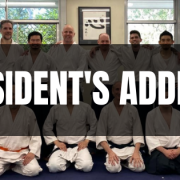


 books, DVDs and other materials. The collection ranges from manuals on Aikido as well as other martial arts, biographies, humorous memoirs (Angry White Pyjamas!!!) and even samurai films.
books, DVDs and other materials. The collection ranges from manuals on Aikido as well as other martial arts, biographies, humorous memoirs (Angry White Pyjamas!!!) and even samurai films.



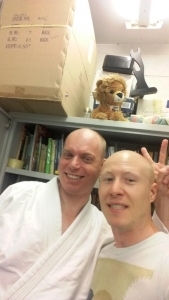
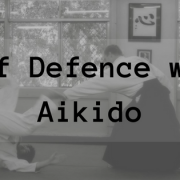
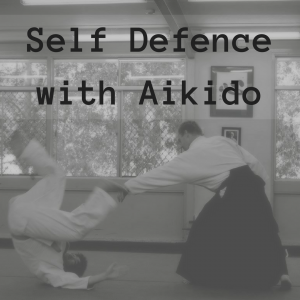
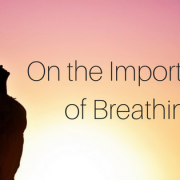
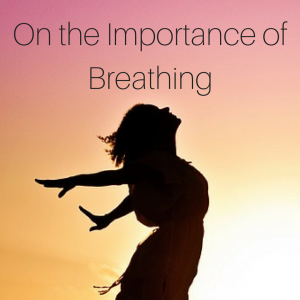 l part to not only martial arts but any movement in general.
l part to not only martial arts but any movement in general.
